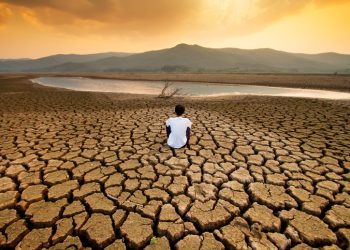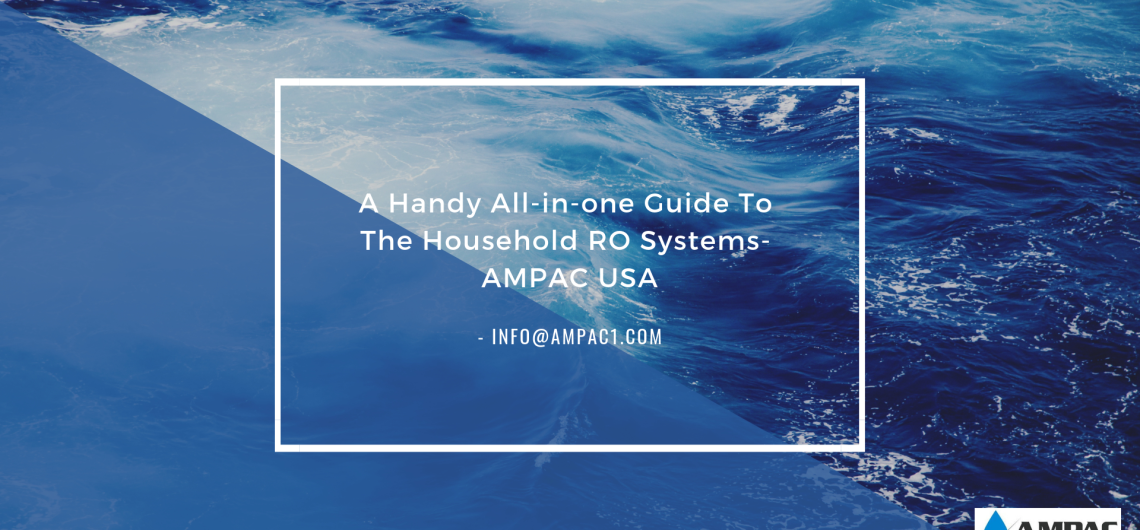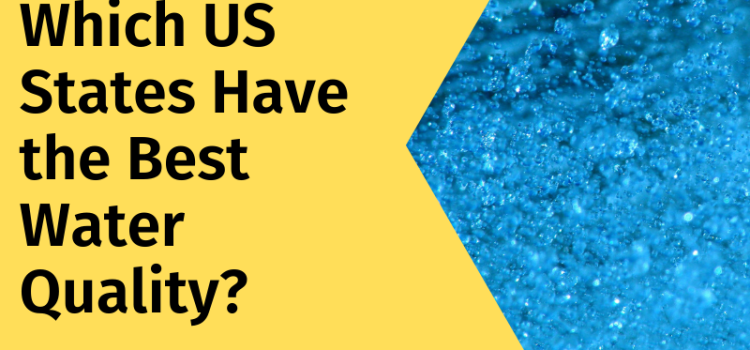Last updated on March 29th, 2025 at 02:20 pm
Water stress is an increasingly critical issue facing our planet. It refers to the situation where the demand for water exceeds the available supply or when its quality is too poor for use. As we delve into this topic, we uncover the various facets of water stress, its causes, its impacts on different aspects of life and the environment, and explore potential solutions to mitigate this growing concern.
Understanding Water Stress
Water stress is not just about the scarcity of water but also about its quality and the timing of its availability. It affects various regions differently, with some areas experiencing droughts and others facing floods, yet both scenarios can lead to water stress.
Causes of Water Stress
Several factors contribute to the escalating problem of water stress:
- Climate Change: Changing climate patterns have led to irregular and extreme weather conditions, such as prolonged droughts and intense floods, disrupting the natural water cycle.
- Overexploitation of Resources: Excessive withdrawal of water from rivers, lakes, and aquifers for agricultural, industrial, and domestic purposes has led to a significant reduction in available freshwater.
- Population Growth: The world’s growing population has increased the demand for water, exacerbating the stress on water resources.
- Pollution: Industrial runoff, agricultural pesticides, and improper waste disposal have polluted many freshwater sources, making the water unfit for use.
Impacts of Water Stress
The consequences of water stress are far-reaching and multifaceted:
On Human Health
- Waterborne Diseases: Inadequate and unsafe water supplies lead to an increase in waterborne diseases, posing serious health risks.
- Food Security: Water stress impacts agriculture, leading to lower crop yields and threatening food security.
On the Economy
- Reduced Industrial Output: Industries reliant on water for manufacturing processes face operational challenges, affecting productivity and economic growth.
- Agricultural Losses: Water scarcity leads to decreased agricultural production, impacting farmers’ livelihoods and contributing to higher food prices.
On the Environment
- Ecosystem Damage: Insufficient water levels in rivers and lakes can lead to habitat destruction, affecting biodiversity and ecological balance.
- Soil Degradation: Lack of water leads to soil degradation, further reducing agricultural productivity.
Read: Key Insights from an Engaging Discussion on the Role of Water in Health
Solutions to Water Stress
Addressing water stress requires a comprehensive and multi-faceted approach:
Technological Innovations
- Water-Saving Technologies: Advancements in irrigation technology, such as drip irrigation and water-efficient sprinklers, can significantly reduce water usage in agriculture.
- Wastewater Treatment: Innovations in wastewater treatment can turn waste into a valuable water resource, especially in water-scarce areas.
Policy and Governance
- Integrated Water Resource Management (IWRM):Implementing IWRM can help in balancing the demands on water resources among different stakeholders.
- Water Pricing and Policies: Encouraging the efficient use of water through pricing and regulations can promote water conservation.
Community Engagement and Education
- Public Awareness Campaigns: Educating the public about the importance of water conservation and sustainable usage can lead to behavior change.
- Community-Based Solutions: Involving communities in water management can ensure more sustainable and culturally sensitive solutions.
Read: Highlights: Address by Loic Fauchon during the 6th UN Special Thematic Session on Water and Disasters
The Role of International Cooperation
Water stress is a global issue that transcends national borders. International cooperation is crucial in managing transboundary water resources, sharing best practices, and providing support to water-stressed regions.
Global Partnerships
- Sharing Knowledge and Resources: Collaborative efforts and partnerships among nations can help in addressing water stress more effectively.
- Supporting Sustainable Development Goals (SDGs):Working towards the United Nations SDGs, particularly Goal 6 (Clean Water and Sanitation), is vital for mitigating water stress.
The Way Forward
Combating water stress requires a concerted effort from individuals, communities, governments, and international bodies. It involves making informed choices, investing in sustainable technologies, and enforcing effective water management policies.
A Call to Action
- Individual Responsibility: Every individual has a role to play in conserving water, whether it’s through mindful usage or supporting water conservation initiatives.
- Policy Implementation: Governments need to prioritize water issues and implement policies that promote sustainable water use and management.
Conclusion
Water stress is a really complicated issue that needs a lot of different things to solve. When we use sustainable methods, make new policies, advance our technology, and get help from AMPAC USA, we can deal with this problem well. It’s super important for everyone to work together and keep coming up with new ideas to make sure we all have enough water in the future.










